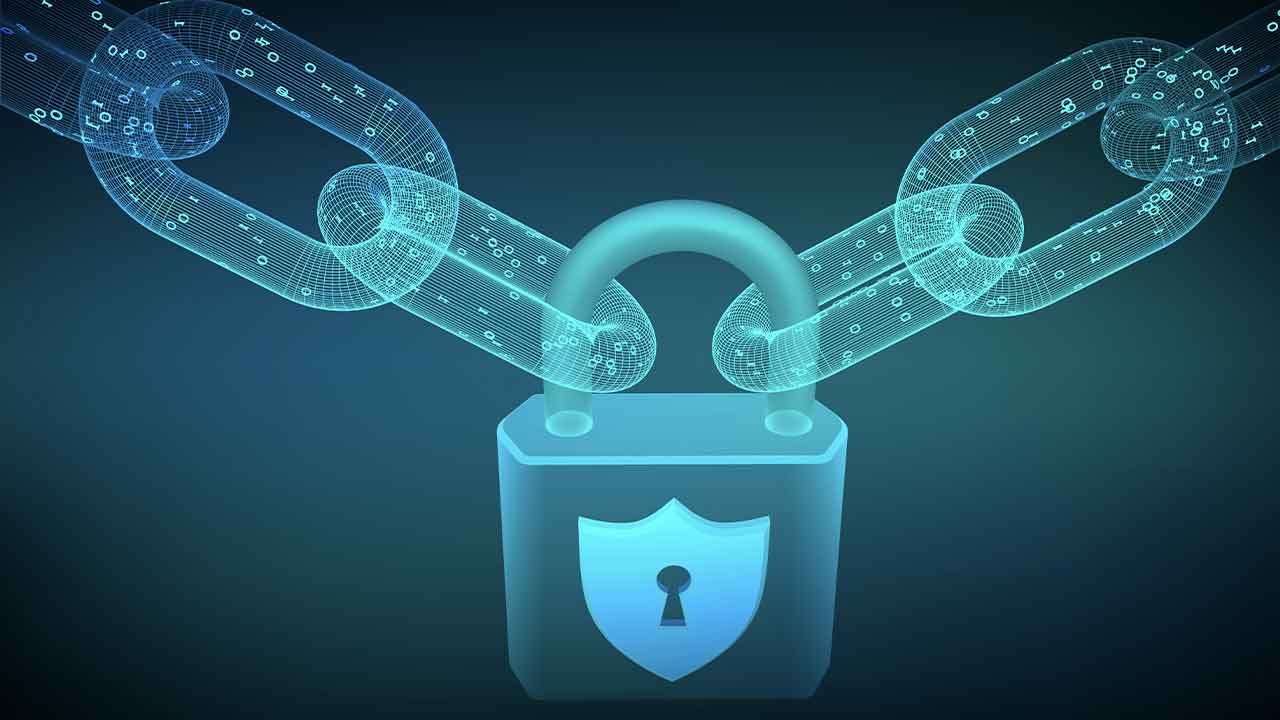Cybersecurity Risk Mitigation Strategies
With the rise of cloud computing, remote working, and other digital transformation initiatives, cyberattacks have constantly been on the rise. According to PurplseSec research, cybercrime saw a 600% surge during the pandemic, with ransomware being the most common form of attack, leading to a higher need of finding new cybersecurity risk mitigation strategies.
Similarly, CSO Online reports that 94% of malware attacks were delivered via email and, according to McKinsey, only 16% of executives say their companies are well prepared to deal with cyber threats.
Best cybersecurity risk mitigation strategies
As a business owner, CISO, CIO, or any other cybersecurity leader, here are the five cybersecurity risk mitigation strategies you can deploy to protect your organization from cyber-attacks.
Ensure Regular Cybersecurity Risk Assessments
Before you can keep your organization safe from cybercriminals, you first need to identify the high-risk areas. This is what cybersecurity risk assessments seek to accomplish. By doing regular audits of the hardware, software, customer data, third-party apps, etc., you can easily identify the various risk factors.
To successfully conduct a cybersecurity risk assessment, you need to determine the high-risk assets to prioritize before identifying potential cyber threats. Once you have a detailed analysis of the potential threats and likely damage, you can proceed to identify controls and implement them accordingly.
It’s also advisable to write a risk assessment report and document all the results for future reference. With a clear and detailed report, you can track the evolution of cyber threats and modify your risk mitigation strategies as the risk landscape changes.
Invest in the Right Cybersecurity Architecture
When it comes to mitigating cybersecurity risks, prevention is always better than cure. Every device within your organization that uses the business network and connects to the internet is a cyber threat. That means you need to be extra cautious with both the hardware and software components within your organization.
As a rule of thumb, ensure all the network elements from computers, switches, routers, edge devices, modems, and NICs are well-protected. You also want to ensure that only the authorized personnel have access to these elements.
The other critical components to invest in are firewalls, intrusion detection and protection systems, decryption devices, and anti-virus/malware software. Firewalls serve as the buffer between your network and the outside world, giving your organization greater control over the incoming and outgoing traffic.
Similarly, you also want to establish a solid network access control strategy to mitigate the risk of insider attacks. Here, security models such as zero-trust have been shown to manage user access privileges effectively. These technologies help reduce threats due to employees’ negligence, phishing attacks, and organized cybercrimes.
Build a Cybersecurity-first Culture
Besides conducting regular risk assessments and investing in the right cybersecurity architecture, you also want to build a cybersecurity-first culture. The idea is to make cybersecurity a critical component of the organization’s values and ethics. Your employees should understand and prioritize cybersecurity, just as they value brand reputation, customer satisfaction, and sales.
In other words, cybersecurity policies should receive buy-in from all the stakeholders. That means c-suite leaders, managers, and employees are willing to work together to minimize cyber threats, whether that’s by allocating more funds to cybersecurity projects or sticking with cybersecurity best practices in and outside the workplace.
Here are some of the ways cybersecurity-first culture can thrive in the workplace:
- Have a consistent path management schedule to ensure all the devices and applications are up-to-date. This helps avoid common cyber threats such as Zero-day vulnerability.
- Everyone should avoid using personal devices for work-related tasks or vice versa unless they meet all the security requirements.
- Everyone within the organization should stay vigilant to phishing schemes conducted through emails, phone calls, or text messages.
- Everyone should activate the multi-factor verification feature in all the online accounts or apps used for work purposes.
- There should be an incident response plan and dedicated cybersecurity experts to act on emerging threats and incidents.
Deep further into this topic with a cyber-readiness guide.
Invest in the Right Cybersecurity Talent
Having your cybersecurity tools, technologies, and strategies intact is vital to mitigating cyberattacks. However, a competent team of cybersecurity experts is more important. With the right talent, from the top CISO role to cyber engineers, you can better protect your organization from rapidly evolving digital threats.
Many organizations understand the importance of choosing top cybersecurity talent, but attracting and retaining them is always a challenge. This is especially true now that more organizations have adopted digital transformation, and they need these talents to stay safe in the digital space. Winning the talent war requires a solid talent attraction and retention strategy, which could mean offering flexible work schedules, generous employee benefits, pay rise, etc. More about Managing the Risks of Digital Transformation
Prioritize Cybersecurity Education and Awareness
There’s a lot that you can do to boost cybersecurity in the workplace, but it always begins with your employees. Your employees are a linchpin between the inside and the outside worlds. They interact with the corporate and business processes as well as the customers and the other external stakeholders.
If your employees aren’t knowledgeable enough about cybersecurity or they don’t prioritize it as much, you can always bet that your efforts won’t yield any fruits, or worse, lead to undesired results.
Cybersecurity education and awareness go beyond educating employees on the common cyber threats. You want to also equip them with practical skills on how to keep safe in the digital world. Conducting cybersecurity workshops and cybersecurity drills could be one way to boost their skills and confidence.
That said, the goal of every organization is to have employees who understand cybersecurity best practices and are motivated enough to stick with them, even with little to no supervision. One way to achieve this is to ensure cybersecurity is part of the corporate culture. Similarly, you want to hold everyone accountable for their actions and have a way to incentivize the desired behavior.
Startegies to Manage Cyber Security Risks the Right Way
Whether you run a small company or a multinational organization, cyberattacks are a real threat that requires a solid cyber-risk management strategy. Keeping your IT infrastructure and data safe from malware, phishing, SQL injection, and other forms of cyberattacks isn’t a CSO-only role rather an organization-wide responsibility.
By promoting cybersecurity best practices, investing in the right tools and talents, educating employees, and keeping everyone accountable for any security threats and risks in smart factories, it’s possible to catch cyber threats early on before they result in data loss, financial loss, and reputational damage.



